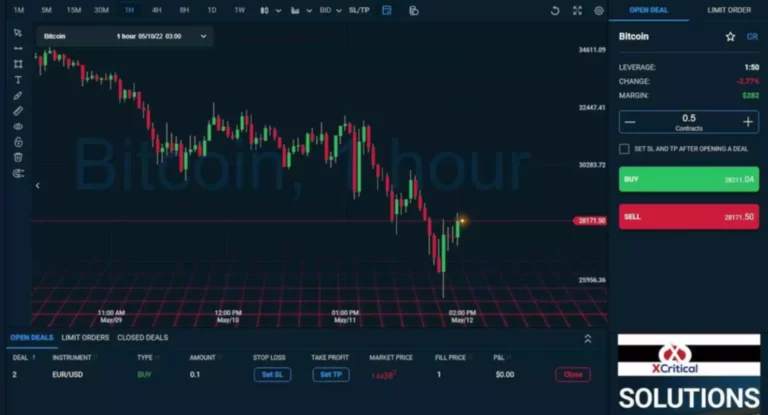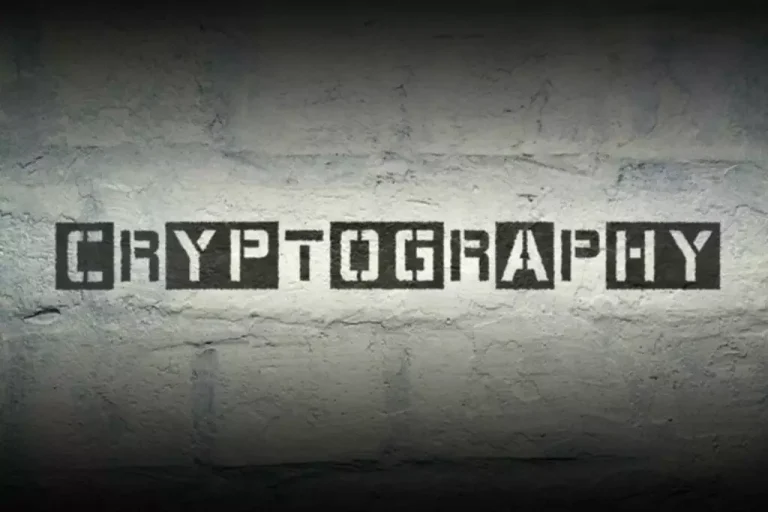Content
Tamta’s writing is both professional and relatable, ensuring her readers gain valuable insight and knowledge. The licensing process requires companies to demonstrate robust financial reserves, comply with anti-money laundering (AML) guidelines, and provide detailed transparency reports. According to the European Securities and Markets Authority (ESMA), these requirements are aimed at building Proof of stake trust in the market and ensuring that businesses operate with integrity and accountability.
The Long-Term Vision for Crypto in Europe
MiCA aims to put European cryptocurrency regulation on a similar footing as traditional assets. This means that cryptocurrency investors will be afforded additional protections and safeguards. A central register of approved CASPs will be maintained by the European Securities and Markets Authority (ESMA). As a result, transacting with custodial wallets or exchanges not under the auspices of MiCA will likely become a compliance risk for https://www.xcritical.com/ European crypto funds in future. This clarity of purpose extends to how regulators across the globe may interpret and apply lessons from MiCA’s implementation.
What Is MiCA And What Does It Mean for Crypto Users in Europe?
MiCA regulations require crypto asset issuers to register as legal entities in any of the 27 EU member states to keep the issuers accountable in cases of fraud and misrepresentation. By harmonizing regulations across the EU, MiCA seeks to foster innovation while ensuring a safe and robust market environment. This regulation represents a proactive approach to managing the risks and opportunities presented by the burgeoning crypto-asset sector. MiCA’s approach to regulation directly addresses many of the vulnerabilities that What Is Markets in Crypto-Assets have allowed fraud and illicit activity to proliferate in the crypto market.
Top 5 Fintech Innovations Shaking Up Wealth Management: Insights from Betterment, Wealthfront, and Personal Capital
For companies with the resources to comply, MiCA represents a formalised gateway into the European market, enabling them to tap into a large customer base while ensuring compliance with EU standards. The EU has consistently taken a proactive regulatory-first approach, particularly with financial technologies. Historically, the EU has not hesitated to enact comprehensive regulations aimed at steering market activities within defined guardrails.

MiCA officially entered into force in June 2023, but key compliance deadlines are set for December 30, 2024. This is when crypto-asset service providers (CASPs) and token issuers must fully comply with MiCA’s rules. Stablecoin regulations, however, were enforced starting June 30, 2024, affecting issuers of asset-referenced and e-money tokens. MiCA requires CASPs to comply with certain prudential requirements, including strong organisational requirements.

While specific details about the impact on existing licences are yet to be finalised, it is anticipated that companies holding licences from individual countries may need to transition to the MiCA licensing regime. This transition could involve obtaining a MiCA licence or adapting existing licences to align with MiCA’s requirements. The European Banking Authority (EBA) and the European Securities and Markets Authority (ESMA) are expected to provide further guidelines and details regarding the transition process and timeline. Therefore, for example – the world’s most well-known cryptocurrency, that is Bitcoin – is not itself regulated by the MiCA Regulation. MiCAR entered into force on 29 June 2023 and will become applicable in part (provisions regarding asset-referenced tokens and e-money tokens) from 30 June 2024, and in other parts from 30 December 2024. Currently there are legislative procedures undertaken on the EU level related to MiCAR’s delegated acts (Regulatory Technical Standards and Implementing Technical Standards).
This excitement, I believe, is fully warranted, not least because MiCA provides a framework for individuals and institutions to engage in crypto transactions with clear guidelines on taxation and accounting. James Wester, Director of Cryptocurrency at Javelin Strategy & Research, describes the situation in the U.S. as a “regulatory vacuum,” which has led to uncertainty among crypto companies. During this transitional phase—where some may still operate without full compliance—the European Securities and Markets Authority (ESMA) will play an essential role.
- According to a report by Javelin Strategy & Research, the establishment of MiCA could make Europe a “haven” for crypto entities seeking stability and a predictable regulatory landscape.
- As MiCA takes effect, it will provide valuable insights into the benefits and drawbacks of stringent crypto regulation, potentially influencing the regulatory strategies of other countries.
- SAXE Global considers the information on MiCA and its implications for European crypto assets licences to be both intriguing and pertinent to their line of work.
- By providing a legal framework, MiCA is expected to have a significant impact on the financial system, such as banking.
Some authorized financial institutions can offer crypto-related services with a 40-day notification to the national competent authority before starting to offer those. For instance, authorized credit institutions can offer any crypto-asset services, and authorized investment firms can provide equivalent services that they already offer. Some might argue that just because a bank offers traditional financial services, it does not have the knowledge, skills, and ability to offer crypto-related products. This situation has not only created bureaucratic and legal headaches for crypto funds operating in Europe, it has also led to a degree of investor uncertainty, which has likely depressed institutional participation in the asset class. MiCA is intended to expand the scope of EU regulation to encompass the crypto assets not covered by previous legislation and afford crypto consumers and investors similar protections and recourse as in traditional financial markets. In addition to existing rules on transfers of funds, the TFR introduces new rules on the information on originators and beneficiaries accompanying transfers of Crypto-assets .
The analysis highlights the significant impact that MiCA is expected to have on existing licenses across Europe. Currently, different countries in Europe offer crypto-specific licenses that attract crypto businesses due to their favorable regulatory frameworks. However, with the introduction of MiCA, the landscape is anticipated to undergo significant changes. (4) The DLT Pilot Regime is a regulatory sandbox created by the EU as part of the digital finance package. Its objective is to provide a testing ground for a secondary market in financial instruments based on distributed ledger technology (DLT).
This includes issuers of crypto-assets, such as utility tokens, asset-referenced tokens (ARTs), and e-money tokens (EMTs). Additionally, CASPs like exchanges, custodians, and trading platforms will need to comply with the new regulations. Essentially, any entity involved in the issuance, offering, or trading of crypto-assets within the EU will be subject to MiCA’s rules.
MiCA is no different, setting stringent compliance standards for crypto companies while simultaneously giving them a framework to plan their operations and innovations. In contrast, the United States has seen a prolonged regulatory standoff, as the crypto industry’s rapid evolution often outpaces the country’s legislative and regulatory systems. With the Markets in Crypto-Assets (MiCA) regulations set to roll out on December 30, 2024, the landscape for crypto banking in Europe is about to change dramatically. Cyprus Securities and Exchange Commission (CySEC) has taken a bold step by freezing new crypto asset service provider (CASP) applications, signaling that things are about to get real.
Similarly, the booming NFT market remains largely outside MiCA’s current scope, raising questions about how these sectors will be regulated in the future. An EY report suggests that these requirements could drive innovation outside the EU, as developers may seek more flexible regulatory environments to operate in. The complexity of obtaining a license, alongside the administrative burden of ongoing compliance, may deter new market entrants or force smaller companies to relocate outside the EU to more lenient regulatory environments. While MiCA introduces regulatory certainty, which is a positive step for the industry, it also presents challenges for smaller players and startups. For many of these smaller companies, the cost and complexity of obtaining licenses and maintaining compliance with MiCA’s standards could act as a barrier to entry. DLA Piper is a global law firm operating through various separate and distinct legal entities.

In the long run, MiCA’s success will depend on how well it adapts to new developments in the crypto space. The framework’s ability to incorporate future innovations such as decentralized finance (DeFi) and non-fungible tokens (NFTs) will determine its relevance in a fast-evolving market. Additionally, as other regions develop their own regulations, MiCA may influence global crypto policy, potentially leading to more harmonized rules across borders.

